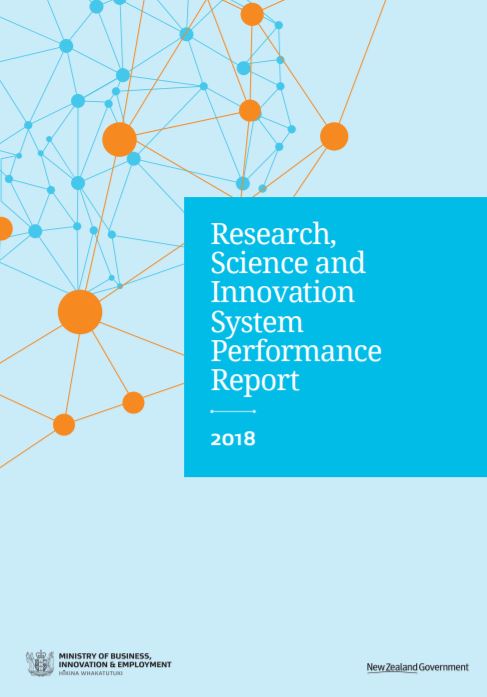New Zealand’s R&D and innovation performance – can we do better?
The answer is yes! NZ’s expenditure on R&D is benchmarking alarmingly low.
This is the key takeaway from MBIE’s recently released 2018 Research, Science and Innovation System Performance Report.
But why does this matter?
According to the OECD and Treasury, low R&D investment and innovation rates appear to be important factors behind New Zealand’s low economic productivity.
So, it matters a lot!
The Government has set a target of increasing total expenditure on R&D to 2% of GDP within 10 years. Currently, it is 1.23%, well behind our global peers. Israel is at 4.25%, Denmark at 2.96%, Singapore at 2.18%, Australia at 2.11% and the OECD average is 2.38%. Given that so many countries are already above the 2% target, it does raise the question – is 2% within 2 years going to cut it or will we be continuously left behind?.
In actual fact, with that target, in ten years we will still be below the 2018 OECD average.
The report itself is showing that NZ ranks relatively low for business expenditure on R&D, being just 0.63% of GDP. Our neighbours across the Tasman are nearly double that at 1.19%.
Manufacturing is the lead sector when it comes to R&D spend, contributing 42% of the national spend on R&D.
Not surprisingly, NZ is a great collaborator when it comes to academic collaboration with international researchers. However, University and business collaboration is well below that of the OECD average (6.2% vs 4.6%).
A thinking policy analyst might see this as an opportunity to improve national R&D spend and outcomes. Incentivising greater collaboration between business and academia in the sector doing the most R&D seems like a no-brainer.
A step in the right direction
At HERA we’re encouraged by the Government’s recently announced changes to the proposed R&D Tax Scheme. It has increased the rate to 15% (up from 12.5% originally proposed). Although, this is still probably not high enough to create a dramatic shift in business expenditure on R&D.
The other changes included reducing the minimum claimable spend from $100,000 to $50,000 and adapting the definition of R&D to a much more workable definition.
Overall, the Government has done a good job of taking on board the industry feedback. We hope that in coming announcements, there will be a further increase from 15%.
Total public support for research, science and innovation was $1.6b in 2017/18, and is projected to rise to around $2b by 2020, driven by the expected introduction of a R&D tax incentive in 2019. The Strategic Science Investment Fund and Endeavour Fund are currently the largest public research funding mechanisms, investing a total of $448m in 2017/18. The Performance Based Research Fund provides a further $315m to incentivise high-quality research and research-led teaching and learning in tertiary education institutions.
But… there is still work to do!
Other than the pending R&D Tax Scheme, it looks like there is very little support for industry-led R&D on the horizon.
We hope that the Government will announce more support in its Wellbeing Budget. We all have war stories of having tried unsuccessfully to engage in tertiary-education-led programs… raising the question of R&D relevance. Is the “industry engagement” requirement simply a tick-the-box exercise or is there a genuine need and intent to engage more? Clearly the data is showing that this is an area where NZ is falling behind significantly.
In the Minister’s foreword, she states: “The Government is developing a strategy for future research, science and innovation investment, in support of our wellbeing goals and the two per cent target. I would encourage research, science and innovation sector stakeholders to draw on this report as part of a shared evidence basis when engaging with the Government on the draft strategy.”
We take this as a clear pointer that future R&D investment is likely to link to wellbeing goals. This aligns well to our recently released review of the Metals industry’s contribution to the nation’s wellbeing using Treasury’s new Living Standards economic review framework. We would encourage any of our members seeking Government R&D and innovation support, to use this assessment as part of your application and engagement process.


